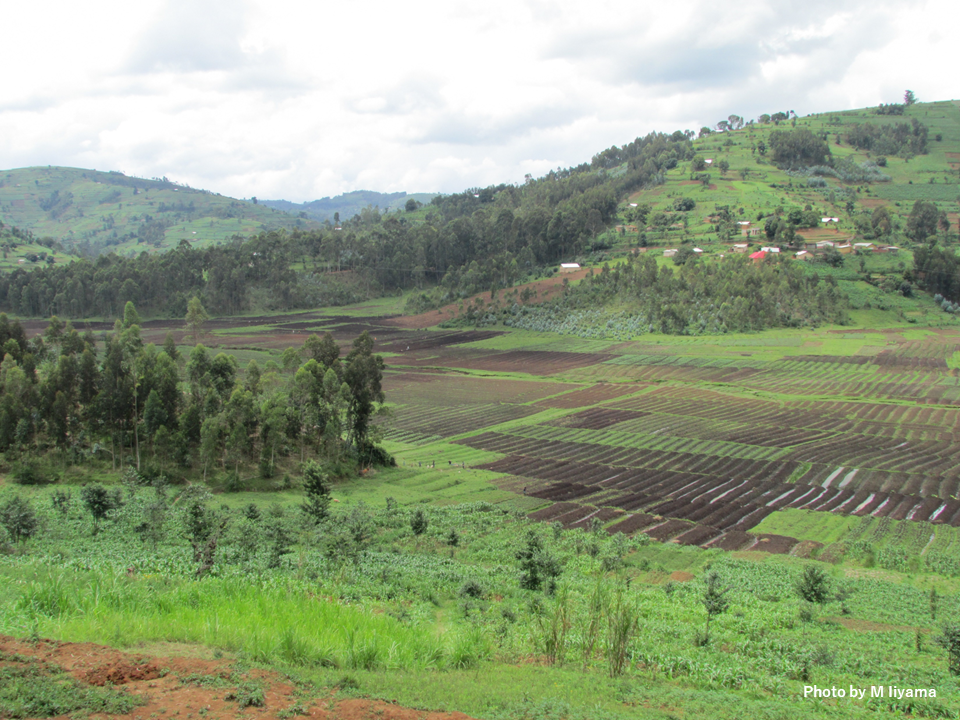Pick Up
978. Economic Impact of CGIAR Crop Improvement Technologies

978. Economic Impact of CGIAR Crop Improvement Technologies
Founded in 1971 to promote productivity and technological progress in agriculture, forestry and fisheries in developing countries, the CGIAR has been at the forefront of innovative international agricultural research. Emerging from its predecessor, the International Agricultural Research Organization, the CGIAR achieved a critical breakthrough in the 1960s with the development of high-yielding varieties of staple crops such as rice and wheat, catalyzing the so-called "green revolution. These advances in crop improvement technologies, which include breeding and varietal enhancement, have been critical as an international public good, contributing significantly to poverty alleviation and food security. In particular, the economic return on investment in CGIAR research has been estimated to be exceptionally high, with a reported ratio of $10 in economic benefits for every $1 invested.
A recent publication in World Development updates previous assessments and provides a comprehensive evaluation of the economic impact of CGIAR crop technology research over the 60-year period from 1960 to 2020.
Key findings of this assessment include
- By 2020, crop technologies developed in collaboration with CGIAR centers will have spread to an estimated 221 million hectares of cropland worldwide, representing 42% of the total 447 million hectares of modern variety adoption.
- The adoption of these technologies has generated $47 billion in annual economic benefits.
- CGIAR innovations have increased agricultural productivity not only through breeding, but also through improved pest control and natural resource management techniques. Initially focused on staple grains, particularly Asian rice and wheat in the 1970s and 1980s, breeding efforts have gradually expanded to include root crops and legumes, with significant results in crops such as cassava and maize in Africa.
- Today, Asia and Latin America have become more self-sufficient and less dependent on the CGIAR for improved varieties, while sub-Saharan Africa remains heavily dependent on the CGIAR for crop production innovation. To date, CGIAR-related improved varieties account for 60% in sub-Saharan Africa, 42% in Latin America, and 36% in Asia.
- Notably, at least 92 countries have adopted CGIAR crop technologies, with countries such as India, China and Nigeria emerging as major beneficiaries.
The importance of agricultural productivity, particularly food crop productivity, in reducing poverty is underscored, with gains from the CGIAR positively impacting both developing countries and the global population. These advances not only increase farmers' incomes, but also contribute to lower food prices.
As the world grapples with challenges such as climate change and biodiversity loss, there is a growing need to invest in agricultural research that not only ensures food security but also promotes global environmental sustainability.
Reference
Keith O. Fuglie, Ruben G. Echeverria, The economic impact of CGIAR-related crop technologies on agricultural productivity in developing countries, 1961–2020, World Development, Volume 176,
2024, https://doi.org/10.1016/j.worlddev.2023.106523
Contributor: IIYAMA Miyuki (Information Program)
